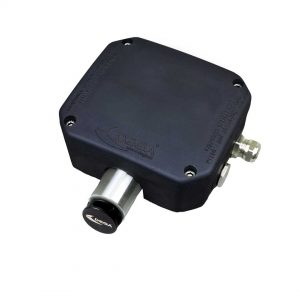Site analysis and system engineering
Each project starts with consultation on our clients requirements. JWII then design a Gas Detection System to meet the project needs
Service and maintenance
Our service team can provide comprehensive field service as well as workshop repairs. We can also help you plan the maintenance of your devices with a periodic maintenance contract.
Site Installation
Our in house technical team can assist you in the installation and commissioning of your gas detection system. From physical mounting to connection and start up.
Calibration Services
Our calibration facility offers you peace of mind that your gas detection system is operating to specification. We can carry our field calibration as part of your service contract or in house calibration at our facility.


 The transmitter is specifically intended for detection and sensing in industrial and commercial premises that require ATEX certification or for the “Ex” environment (Zone 2).
The transmitter is specifically intended for detection and sensing in industrial and commercial premises that require ATEX certification or for the “Ex” environment (Zone 2).
